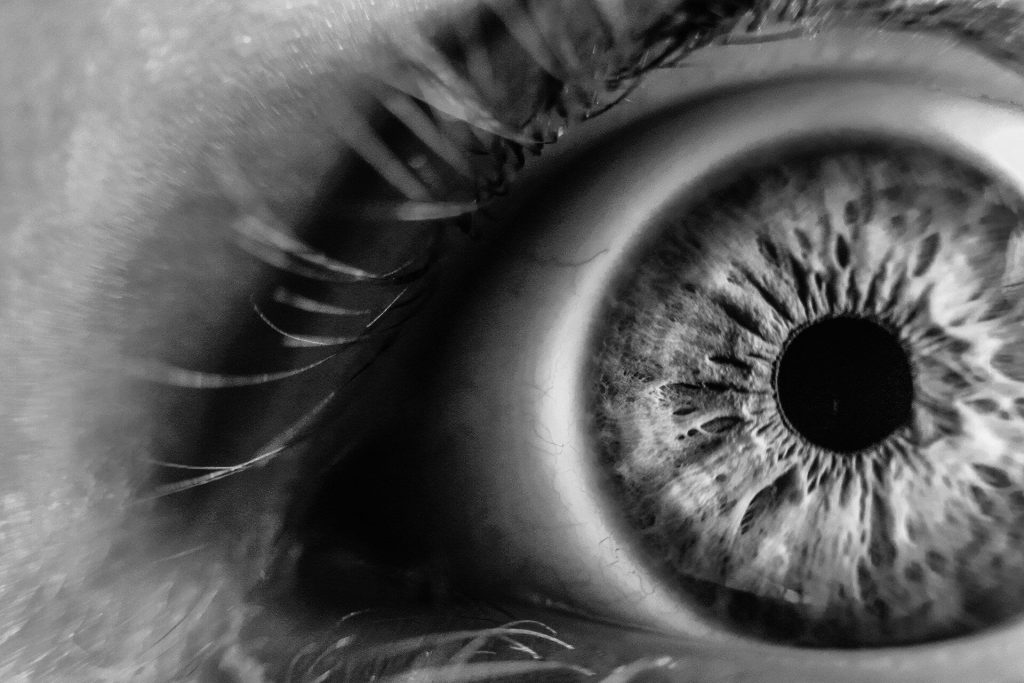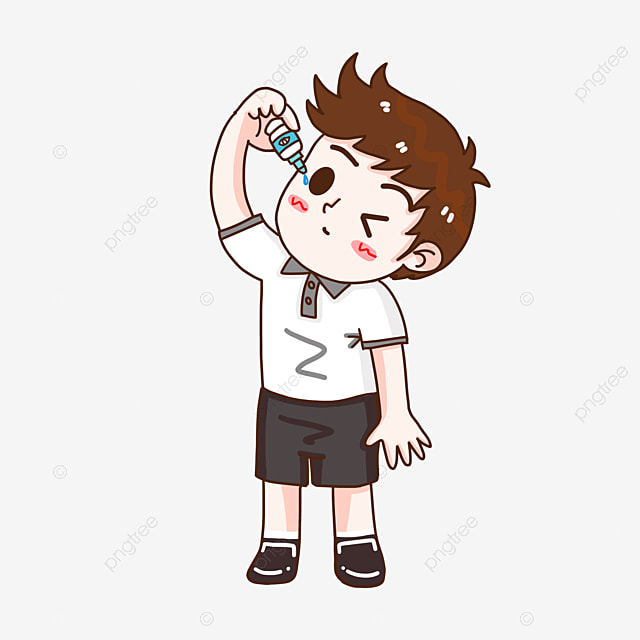Latest note on dry eye treatment with probiotics.
Dry eye, a disorder in which the eyes are unable to sufficiently lubricate themselves, affects about 12% of the world’s population. The dry eye condition is now incurable.
Researchers from Houston, Texas’ Baylor College of Medicine have discovered a probiotic bacterial strain that enhanced dry eye in a mouse model.

Dry eye is a disorder where the eyes do not produce enough tears to keep them adequately lubricated, resulting in pain, and affects about 12% of the world’s population.
The symptoms of dry eye disease can be managed with a variety of treatments even if there is currently no cure for the condition.
These remedies include over-the-counter eye drops, prescription drugs, and surgical procedures including inserting punctual plugs into the tear ducts of the eye.
Currently, scientists from Houston, Texas Baylor College of Medicine have discovered a probiotic bacterial strain that enhanced dry eye using a mouse model.
Dry eye: what is it?
Even though most people equate tears with sobbing, healthy eyes constantly generate tears. These tears, collectively referred to as the tear film, lubricate the eye, clear away any foreign objects, and shield the eyes from infection as a person blinks.
Dry eye illness can occasionally be brought on by an individual’s eyes not producing enough natural tears. There are several causes for this, including:
- an issue with the tear film
- tears that dry up too soon
- age greater than 50
- taking specific prescription drugs, like antihistamines
- environmental problems such as wind, smoke, and arid weather
- eyelid abnormality
- prolonged use of contact lenses
having certain illnesses, such as thyroid problems, lupus, rheumatoid arthritis, diabetes, or Sjögren’s syndrome.
Dry eye disease symptoms include:
- feeling of stinging, stinging, or scratchiness in your eyes
- like there is something in your eye
- mucous around or in the eyes
- sensitivity to light
- inflamed or red eyes
- Using contact lenses is challenging
- fuzzy vision
- eyes that are very wet.
Dry eye can result in eye infections and even damage to the cornea if it is not properly recognized and treated. Severe corneal injury may possibly result in visual loss.
The tummy and dry eyes
Previous studies suggest that dietary modifications may help manage dry eye in addition to medication interventions.
Omega-3 supplements dramatically reduced the symptoms and indicators of dry eye disease in patients with the condition, according to a 2019 study.
In 2019, another study found that giving persons with dry eye conditions short-term vitamin A supplements helped to improve the quality of their tears.
Finding innovative treatments for dry eye is crucial, according to Dr. Laura Schaefer, assistant professor of molecular virology and microbiology at Baylor College of Medicine in Houston, Texas, and study’s lead author.
Only a few medications are now available to treat dry eye, and for some individuals, these medications do not perform very well to alleviate symptoms, she explained. In the U.S., dry eye affects about 1 in 20 people.
Since their prior research demonstrated a functional connection between gut bacteria and the symptoms of dry eye disease, Dr. Schaefer said she and her team chose to concentrate on studying a probiotic bacterial strain in the gut to treat dry eye.
She explained, “We conducted a number of trials utilising gut bacteria taken from Sjögren syndrome patients who have severe dry eye, from healthy patients with no eye disease. In dry settings, mice colonised with gut bacteria from Sjögren patients exhibit worse dry eye symptoms than mice colonised with gut bacteria from healthy patients.
“This suggests that the gut bacteria from healthy people protect the surface of the eye in dry conditions, and therefore one possible treatment avenue for dry eye would be probiotic bacteria that have similar protective effects,” Dr. Schaefer continued.
Probiotic bacteria research for dry eye
Dr. Schaefer and her team used a mouse model of dry eye for this study. First, mice received an antibiotic to eradicate “good” bacteria from their digestive tracts. After that, they were given either the probiotic bacterial strain Limosilactobacillus reuteri DSM17938 or a saline solution as a control before being placed in extremely dry conditions.
After 5 days, researchers discovered that mice fed the probiotic bacterial strain had ocular surfaces that were healthier and more intact than mice given saline fluid.
The mice given the probiotic bacteria also had more goblet cells in the tissue of their eyes. The cells known as goblet cells are responsible for producing mucin, a crucial component of tears.
“Our hypothesis was that the probiotic would be protective of the eye, and it was exciting to prove that is true,” stated Dr. Schaefer. It has been demonstrated via extensive research that the probiotic strain DSM17938 reduces inflammation in other tissues, most notably the gut, and enhances intestinal barrier function. However, it hasn’t previously been assessed in relation to the eye.
Future therapeutic options
We also discussed this study, in which he was not engaged, with Dr. Benjamin Bert, an ophthalmologist at Memorial Care Orange Coast Medical Centre in Fountain Valley, California.
“It was actually a pretty fascinating study to see the multi-components that are involved with both our understanding of the dry eye and then also our future abilities to treat dry eye,” he said.
Taking supplements, such as omega-3 supplements, has previously been found to be helpful for treating people with particular forms of dry eye. So it’s exciting to consider the gut microbiome as a potential therapy target, Dr. Bert said.
He explained that since this study was conducted using a mouse model, a human study would be required as the next phase in the investigation.
“It would be really interesting to see this used as a supplement in a human trial to really prove what their hypothesis is, of this being a significant benefit or a possible treatment that could be used for patients with dry eye,” he continued.
REFRENCES:
- https://www.medicalnewstoday.com/articles/a-probiotic-may-help-treat-dry-eye-disease-according-to-a-study-in-mice
- https://www.ncbi.nlm.nih.gov/pmc/articles/PMC9409742/
For Eye disease medications that have been suggested by doctors worldwide are available here https://mygenericpharmacy.com/index.php?therapy=63
